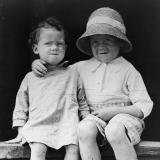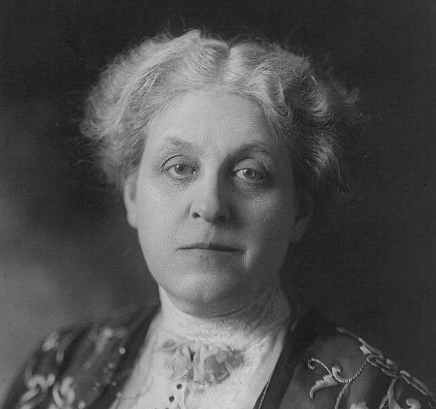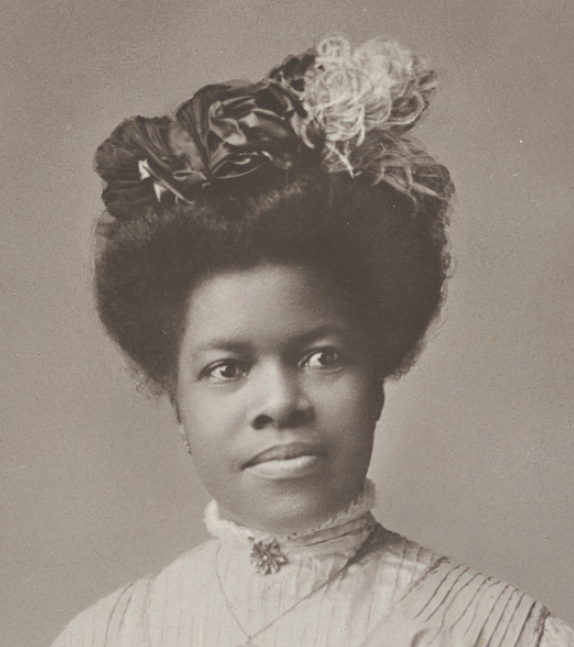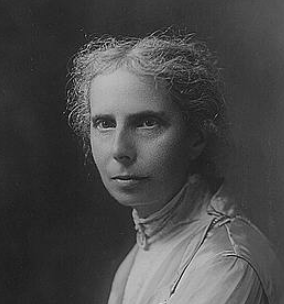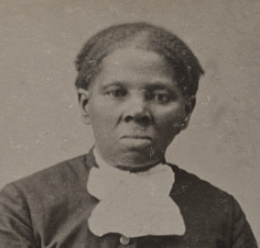This is my most recent blog post that looks at Jennifer Thermes's newest picture book, Horse Power, which looks at the role horses played in different societies through time.
The post focuses on a lesson that I plan to do with my younger students in a Long Ago and Today unit where we compare and contrast elements of what they know of life today alongside times in history.
The author of this article states that "as teachers scramble to meet math and reading standards, social studies lessons have been pushed far back on the list of academic priorities, especially in the early grades." One of the results is that young students are not receiving instruction in how to deal with sensitive issues like race, class, equity and gender. In other words, they are not gaining the skills to connect with their world when Social Studies as a content area is relegated to the back burner.
The article describes a 6-hour workshop in a Brooklyn school that looks at teaching about race. It's a beginning step toward helping teachers help young learners fill in gaps left by missing social studies instruction.
The Library of Congress has thousands of primary sources to help teachers in their social studies instruction. Call it literacy instruction if we must - media literacy, visual literacy, reading literacy, even math literacy in some cases - but let's do it!
Pre K - 2 Social Studies/History pre-service teachers sensitive topics
Don't miss this Teaching with the Library of Congress blog post from Teacher in Residence Teresa St. Angelo! It is filled with ideas for engaging primary school children, building their vocabulary, and even connections to STEM.

https://www.loc.gov/item/2004672357/
Title: [Advertisement for Pictorial Toy Catalogue No. 2 showing composite of many toys on shelves]
Created / Published: c1887 Jan. [7?].
This blog post co-written by several pre-K teachers comes from their work with the Right Question Institute. Although it focuses on science learning, the advice they share about using the Question Formulation Technique with pre-K students can be applied to asking questions about primary sources.
Recently Rich Cairn posted something that caught my eye and I thought it might be useful in this group. Many of you may have seen the post but I though I would add the link here. In his post Rich linked some materials that contained a lesson for Kindergarten. I have always felt that there is so much potential for using primary source documents with TK-2 students so anytime I see resources designed for students in this range I get pretty excited. Hopefully it will be useful to members of this group. Look for the lesson, What Do Trains Do? Exploring Local History Through Maps. Thanks!
Testimonials
- I love that there is new info on the site daily!
- I had a wonderful time working with the Library of Congress and learning about all of the resources at my fingertips!
- The TPS Teachers Network has an equal exchange of ideas. You know it's not a place where you're being judged.
- My colleagues post incredibly fine resources and ideas....the caliber of the suggestions and resources make me feel that I take a lot from it. It's a takeaway. And I hope that I can give back as much as I get.
- Going into this school year, I have a fantastic new resource for my own instruction and to share with my colleagues!
- I am very glad that I discovered the TPS Teachers Network through RQI. Great resources can be hard to find out there on the internet!

